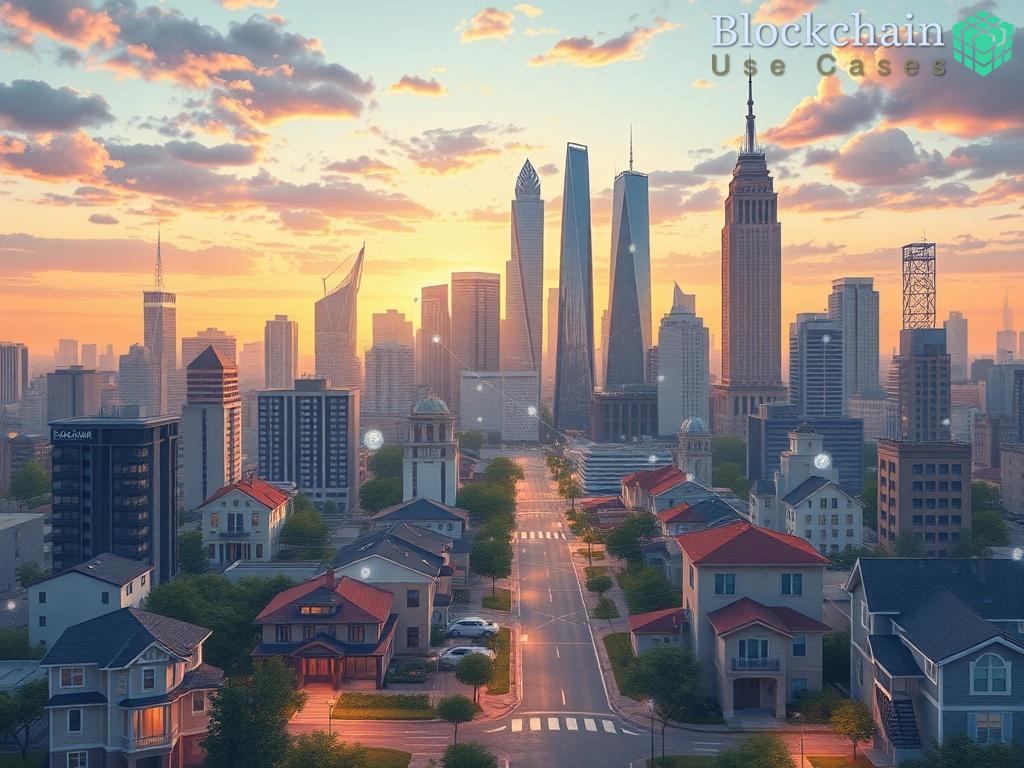Unlocking the Power of Data
The energy sector is undergoing a monumental transformation, and at the forefront of this revolution is blockchain technology. By providing a decentralized and immutable ledger, blockchain enhances the tracking of energy consumption in buildings, paving the way for greater efficiency and sustainability. This innovative approach not only fosters transparency but also empowers stakeholders to make informed decisions that can lead to significant reductions in energy waste.
Benefits of Blockchain in Energy Tracking
As buildings evolve into smart structures equipped with advanced sensors and IoT devices, the need for efficient energy tracking becomes paramount. Blockchain stands out as a game-changer in this domain, offering numerous benefits that are critical to the development of energy-efficient buildings. Below is a snapshot of how blockchain can enhance energy efficiency tracking:
- Decentralization: Eliminates the need for a central authority, reducing vulnerability and increasing data integrity.
- Real-time Monitoring: Provides immediate access to energy consumption data, allowing for swift adjustments and optimizations.
- Enhanced Accountability: With a transparent record of energy usage, stakeholders are more responsible for their consumption patterns.
- Automated Transactions: Smart contracts can facilitate automated energy trading, optimizing usage and reducing costs.
The Path Forward: Integrating Blockchain in Building Energy Efficiency
While the potential for blockchain to enhance energy efficiency tracking is immense, the journey towards widespread adoption is complex and requires collaboration across various sectors. Building owners, energy providers, and technology developers must unite to develop standardized protocols that can seamlessly integrate blockchain solutions into existing energy management systems. As we look to the future, the integration of blockchain will not only redefine how we track energy consumption but also inspire a new wave of innovation aimed at creating sustainable and energy-efficient buildings.




